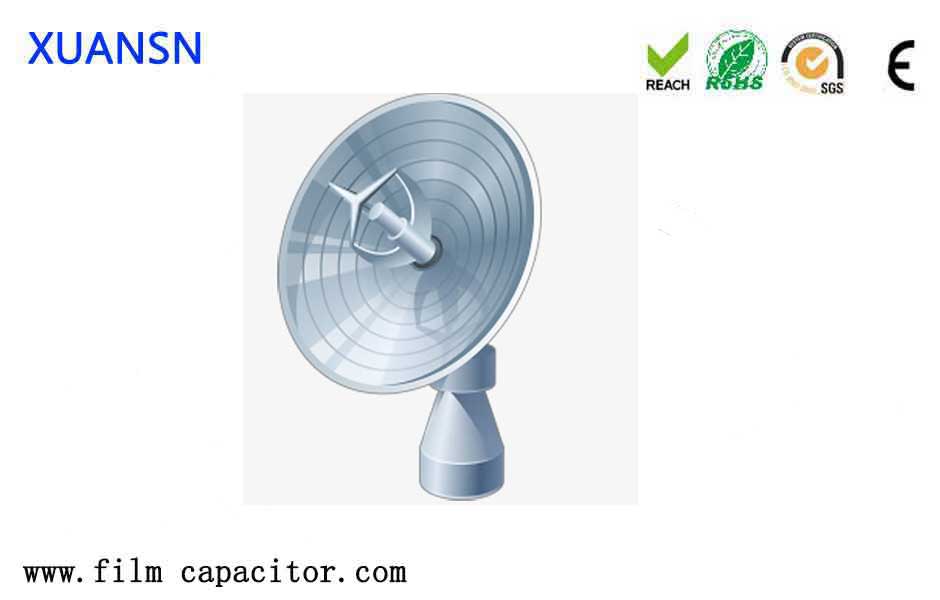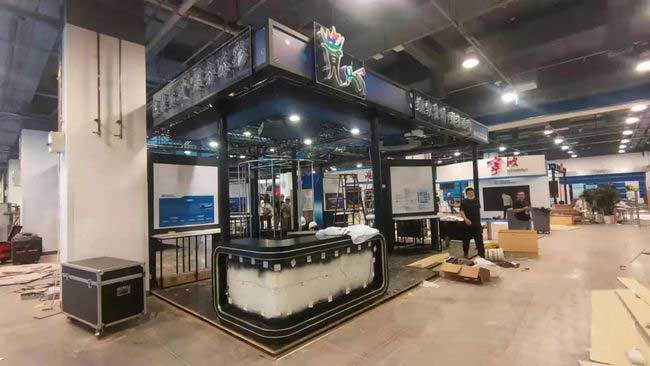New energy vehicles call for high-power DC fast charging
According to reports, on October 3, China e-charging has charged a total of 15,668 electric vehicles in Hunan province, among which highway charging increased by 96% year-on-year, and some charging stations have queued up for charging. According to statistics from the State Grid, from October 1 to 3, the total charging capacity of the State Grid’s charging and swapping service network increased by 59% year-on-year, of which the charging capacity of highway charging facilities increased by 56.52% year-on-year, and the daily charging capacity of urban charging facilities increased by 75.23 year-on-year. %. From the perspective of the single-day charging capacity of highway charging facilities, the charging capacity of highway charging facilities reached 1.4292 million kilowatt-hours on October 1, nearly 4 times the normal daily charging capacity, a record high.
 However, the problem of mismatched vehicle pile ratios will become increasingly prominent with the increase in vehicle ownership, and the current gap in charging piles is still relatively large.
However, the problem of mismatched vehicle pile ratios will become increasingly prominent with the increase in vehicle ownership, and the current gap in charging piles is still relatively large.
As of the end of September, the number of New energy vehicles call was 6.78 million. This year, 1.87 million new energy vehicles have been registered, which is nearly 1.7 times that of 2020.
As of August 2021, the member units of the China Electric Vehicle Charging Infrastructure Promotion Alliance have reported a total of 985,000 public charging piles, including 399,000 DC charging piles, 586,000 AC charging piles, and 414 AC/DC integrated charging piles. The cumulative number of charging infrastructure across the country was 2.105 million units, an increase of 52.3% year-on-year.
Based on the rough conversion of the above information, the ratio of public charging piles to piles is about 6.7:1. It is expected that China’s new energy vehicle ownership will reach 23 million in 2025, and the vehicle-to-pile ratio will reach a 1:1 level.
Therefore, new energy charging still needs to increase the construction of charging piles. On the other hand, in the face of dense and fast charging scenarios such as highways, it is also necessary to increase the deployment of DC charging, that is, fast charging charging piles. At present, the charging power of ordinary DC fast charging is 50kW-60kW, and it takes about 1 hour to fully charge. The high-power DC charging technology above 350kW that the industry has begun to deploy can shorten the charging time of new energy vehicles to 10-15 minutes.
Under the growing trend of the number of new energy vehicles, DC fast charging, especially high-power DC charging, will become a rigid demand. Of course, the scene of fast charging is not limited to this. For example, when there is a local power limit, various power banks with fast charging functions will also be welcomed by users. The fast charging application will drive a huge growth space in the industry chain such as power management chips, fast charging protocol chips, battery cells, GaN power chips, connectors, and cable harnesses.




